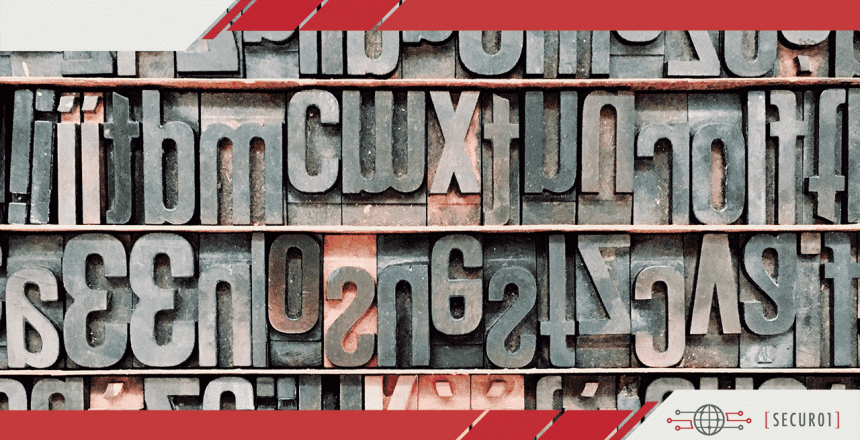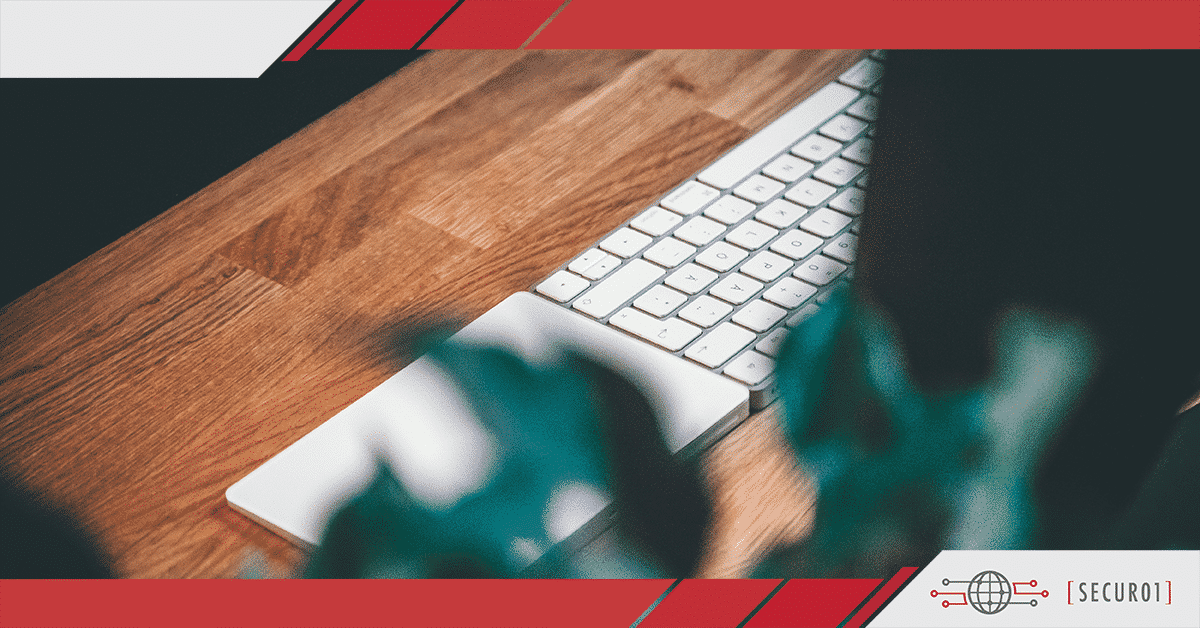In today’s era, nearly every business depends on the internet in some way, shape, or form to help them carry out their daily operations. There are specific threats that could take a business entirely offline in a matter of seconds, and one of the biggest is called ransomware. A ransomware infection is becoming a common threat. This type of attack could target anyone from individual users to a network that hosts an enterprise-level company. When a ransomware attack takes place, this could place companies in dire straits.
For this reason, everyone has to think carefully about how they can prevent ransomware attacks. Furthermore, if the worst-case scenario does take place, what is the disaster recovery plan? Is there a backup system in place? There are a few key points that everyone should keep in mind.
What Is a Ransomware Infection?
Viruses come in many shapes and forms, which is why everyone must make sure they stay up to date on their anti-malware updates. For those who might not know, a ransomware attack is a type of virus or malware that makes the user’s or company’s data completely unusable. The malware does this by infecting a device and locking the screen as it encrypts files. When the files have been encrypted, they are impossible to use. Furthermore, ransomware can also be used to spread to other devices that might be connected to the network. In this manner, if one device has been infected, the virus might spread to other devices as well.
Usually, when a ransomware infection takes place, there is a note that displays on the screen. This note often says that the files have been encrypted and are unusable. To free the data, the user will have to pay a ransom. In some cases, ransomware might look like it came from a law enforcement agency, which only adds to the confusion. They might even claim that the device was used in illegal activity in some way.
Typically, a ransomware attacker will ask for payment to be made in some digital currency. This would make the transfer untraceable, making it easier for them to get away with it. There is usually a time limit that accompanies a ransomware attack. If the payment is not made within the set time limit, the attacker might raise the price. Or, the attacker might threaten to eradicate the files, making them lost forever. This is why it is essential to prevent ransomware attacks.
An Overview of Preventing Ransomware Attacks
Even though there is no complete way to prevent ransomware attacks from taking place, there are a few steps that everyone can take to minimize their risk.
- First, all companies need to train their employees to recognize signs that a virus, such as ransomware, might be present. Phishing attacks are some of the most common ways that viruses end up infecting a computer network. In this type of attack, criminals try to bait employees and users into clicking on links or downloading attachments that infect the computer. In some cases, this attachment might include a ransomware file that locks up the system. All IT departments need to educate employees to recognize when a virus might be present so they can avoid these infections.
- Next, it is crucial to patch apps and operating systems regularly. This means anti-malware files as well. Over time, apps become outdated and obsolete. The result is that there might be a vulnerability that a criminal could exploit for his or her gain. Patches are published regularly to prevent this from happening. Everyone has to make sure their files are routinely patched to avoid a ransomware attack.
- Besides, it is crucial to disable macros that are not needed. Some ransomware infections are sent as attachments. When the user opens the file, they are asked to enable macros. This will open up the contents of the document at every layer. When the macros are enabled, the ransomware will open and execute. To prevent this from happening, make sure that all macros are disabled. Then, if there is a suspicious file or attachment, alert the IT team.
- Furthermore, all companies have to use something called the least privilege. To limit the damage of any virus, including ransomware attacks, it is crucial to make sure that all employees only have access to the information they need. By restricting the access of everyone involved, this keeps security tight and also limits the risk of a virus spreading to the entire network.
- Finally, everyone must have a disaster recovery plan in place, and all companies must have a backup system that can protect their files from harm. Usually, companies follow something called the 3, 2, 1 rule. This means that all data should be backed up at least three times via two different media, with one option being off-site. This might take the form of a cloud backup system. Backups are essential because if ransomware is planted in one device, it might spread to the entire network. In this case, the data can be restored from one of the backups, and the company keeps working. Just make sure the backups are not connected to the internet or local network as they might get infected as well. This system allows everyone to keep working without having to deal with the demands of the ransomware attack. This ensures that resources are kept available to keep the company running. Those who have a cloud backup system have to make sure they know how this works. If the cloud system is connected to the local network, then the ransomware attack encrypts its file as well.
These steps can play an essential role in helping companies come up with a comprehensive disaster recovery plan that could prevent them from losing their data in a ransomware attack. All business plans have to take cybersecurity issues into account as they are more relevant today than they ever have been in the past.
The Recovery Process Following a Ransomware Attack
While it is always better to prevent a ransomware attack from taking place, this might not always be possible. First, note that a ransomware attack does not guarantee that the files are going to be encrypted. The program might end up doing something else instead. Even if the files are left intact, it is clear that a data breach has taken place, and this has to be dealt with.
If the files are not encrypted, it is possible that copies were made and could be posted online. If companies pay the ransom, this only encourages more cyberattacks to take place in the future. This sends the wrong message as well. At the same time, every organization has a different level of risk tolerance, and they need to do what they feel is right for them. With this in mind, what are some of the steps that users and companies need to take if they have been hit with a ransomware attack? Some of the most important steps include:
- Isolate the Device: The first step should always be to isolate the device to prevent the ransomware from spreading to other computers and networks. This means that the computer needs to be removed from the network, and all local connections need to be removed. In some cases, the ransomware infection might quietly spread to other devices, making the attack that much worse. By isolating the device, this risk is minimized.
- Identify the Ransomware: Similar to other types of viruses. Ransomware attacks come in many shapes and forms. There are a few online tools that can be used to check and see if this type of ransomware attack has been seen before. If so, there might be a guide to decrypt it. Take a look at the URLs on the ransom page as these are usually clues to the type of ransomware attack that has just unfolded.
- Furthermore, see if the encrypted files feature a new type of file extension. This could also be a clue to the kind of ransomware attack that took place. By identifying the ransomware attack, it might be easier to defeat it.
- Remove It: The next step is to remove the ransomware. In some cases, there might be an encryption tool that can be used to clear the ransomware. If there is not a tool that can remove the ransomware, then the next step is to reset the device and wipe out all the data. The device has to be returned to the factory settings by wiping out all of the data, including the ransomware. Then, the files can be restored from a backup copy.
- Patch the System: Once the reset is done and the ransomware is removed, it is time to patch the system. The ransomware got in somehow, so it is crucial to do a system audit and make sure that any gaps have been filled. This will prevent similar attacks from taking place down the road.
- Password Changes: After any attack, including a ransomware attack, it is vital to change the password of any account that might have been involved. This means company accounts, social media accounts, email accounts, and more.
- Educate the Users: Finally, it is time to help users brush up on their education. Take the time to explain to them how ransomware works and why this attack is so dangerous. To prevent ransomware attacks in the future, people must be educated on how to spot them.
These are a few of the most critical steps that everyone has to follow if a ransomware attack has hit them. Sadly, these attacks are becoming more common. They have the potential to destroy networks and wipe out data. The best way to deal with a ransomware attack is to prevent it from happening in the first place. This means coming up with a backup plan, training employees to spot phishing attacks, and updating apps and operating systems regularly.





